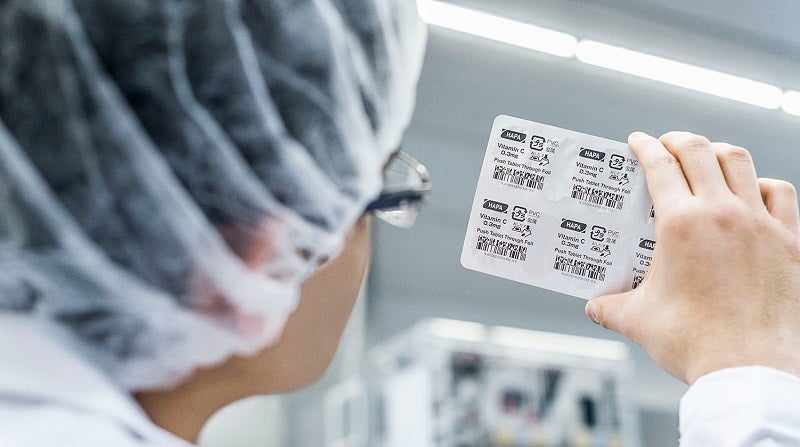
Pharmaceutical machines don’t come cheap. But failing to maintain them can prove even more costly and ruin any chance of a return on investment.
There are two key ways to make production machines run longer. Firstly, they need to be properly maintained. Secondly, the people operating them need to be doing so correctly. Otherwise, breakdowns and production delays are almost inevitable.

“When you buy a machine, you have your investment. You want to make sure that the machine runs smoothly and brings back the value you have invested as fast as possible and runs stable for as long as possible,” says a representative from Hapa, the leading supplier of printing systems for pharmaceutical packaging.
“It’s always a question of how much time and money you want to invest in preventative measures, or if you want to run the machine until there’s a breakdown and then fix it. Usually customers go between these two approaches.”
The need for preventative maintenance
Some customers may skip preventative maintenance and opt for a ‘run-to-fail’ approach with their machines to save costs in the short-term, but this approach does not reflect the total cost of ownership. On the contrary, this is unlikely to prove economically beneficial in the long-term as the “iceberg or costberg” runs deeper and includes various cost factors such reduced equipment lifetime, overtime, personnel cost, waste, late delivery and so on.
According to Hapa: “We want to ensure that you take the necessary preventive measures on the line so you can actually reduce the risk of having a breakdown. It’s all about lean production and risk management in a world of modern technology and SKU complexity.”
Hapa offers a range of machine maintenance services that are tailored to client requirements.
For the classical preventive maintenance approach (time/usage-based model), Hapa runs statistics for the expected mean time to failure of components and recommends exchanging them within intervals of, for example, 2,000, 4,000 or 6,000 hours.
Then there is condition-based maintenance that is performed in accordance with monitoring. An on-site Hapa technician performs an assessment on each machine to determine the condition of parts, before making recommendations to customers.
Due to the remote location of certain production facilities, it may not always be feasible for Hapa engineers to regularly visit sites or in situations where an immediate reaction is needed. In these instances, the company provides a remote support solution called Hapa Remote Assistance Services.

Using the latest in video, audio and augmented reality technology, Hapa’s support team can provide inspection and troubleshooting services for equipment in real-time, as if they were right beside their customers. Hapa’s helpdesk is manned by highly trained engineers and technicians.
Personnel training
Training is critical in making sure that production personnel are fully aware of the right way to use machines, and also what to do should something go wrong.
“Training is really key to operating a machine. Untrained personnel are usually the main source of issues. That applies for a pharmaceutical foil printing machine as much as for any other production equipment,” says Hapa.
“It is astonishing how often the root-cause is just lack of training, because operators don’t even know how to readjust something or how to replace a part. Around 80% of all troubleshooting cases could be avoided if you have the proper training.”
Hapa offers three levels of training. The first is for operators (Basic Operator Training), which mainly concerns running the machine and checking all parts. This will cover what all operators do on a day to day basis.
The second is service troubleshooting training (Basic Technical Training), which involves parts replacement, machine set-up, elementary troubleshooting and servicing the machine. This training is usually addressing the broader, local maintenance engineering team and their needs.
Then there is in-depth troubleshooting (Expert Technical Training), where staff receive extensive training in advanced troubleshooting such as UV lamp circuit and principles, circuit plans, sensors and motors interaction, software download and recovery.
Usually, the Basic Technical Training is applied to a wider base of engineers and the Expert Technical Training is aimed towards two or three high level, local engineers.
Should it not be possible to train personnel, Hapa can provide services that cover all maintenance needs for pharmaceutical foil printing machines to ensure that downtime is minimised and production is optimised.


